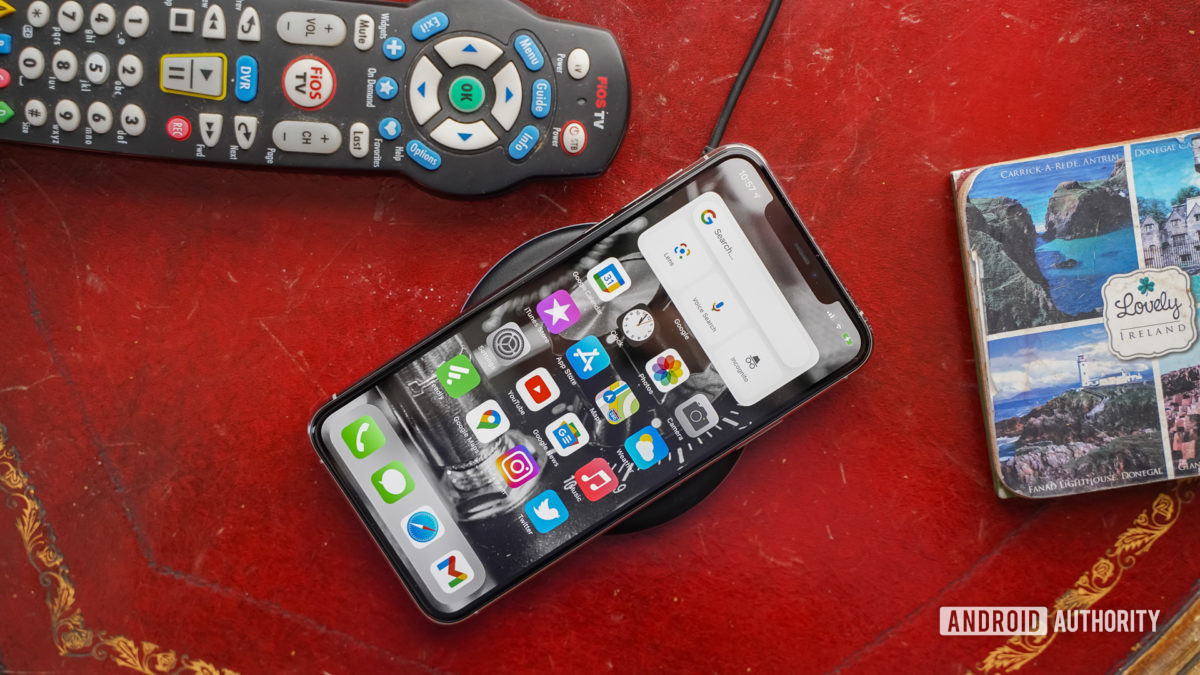
Apple made headlines in October 2020 when it decided to drop power adapters not just from the iPhone 12 lineup, but from all iPhones going forward. Samsung has joined suit with flagships like the S21, ensuring that the decision will have a wide impact. Could it be that these policies will quickly become an industry standard, forcing every new smartphone owner to buy basic accessories on top of increasingly expensive hardware?
First, let’s back up a bit and talk about motivations. During the iPhone 12 reveal Apple made a big deal about reduced environmental impact, which is undeniable. Electronics of any kind require minerals and plastics, which strips the Earth of finite resources, never mind the pollution generated by the supply chain. Fewer accessories allows for less packaging, which saves on resources like trees and makes shipping more environmentally efficient. This is offset to an extent by the extra material and supply chains needed for third-party accessories, but as long as people don’t ramp up those purchases, the logic checks out.
The reality however is that Apple and Samsung aren’t offering free adapters (or earbuds for that matter) to shoppers who need them. They’re charging full price, and not even discounting their phones to compensate. It’s obvious that profit margins are a major incentive for dropping bundled accessories, if not the primary motive.
Where are Apple and Samsung headed?

The decision to drop power adapters means the only thing included with Apple and Samsung phones at the moment is a connector cable. In the case of Apple, of course, it’s a Lightning cable, limiting usefulness further. Apple has resisted pressure to switch iPhones over to USB-C — which is perhaps the strongest argument against its environmental position. Proprietary ports mean customers have to buy separate, proprietary accessories.
Glancing a few years down the road, the speculation is that Apple will remove ports entirely. It showed the “courage” to drop the 3.5mm headphone jack with 2016’s iPhone 7, and has since made wireless charging standard, even if top-up times lag behind many Android devices. The Lightning port continues to serve several functions — CarPlay, accessories, faster charging, and iTunes sync — but it’s easy to imagine a future in which Apple claims wireless is all anyone needs. It would allow the company to remove all bundled accessories, slash component costs, and clean up the iPhone’s internal design space.
The best wall chargers: A buyer’s guide
Samsung has been imitating Apple for well over a decade, so it probably won’t be far behind if the iPhone does go portless. It’s unlikely to jump in with both feet, however. Much of Samsung’s mobile revenue comes from markets where people are inclined towards budget models and can’t necessarily afford to load up on wireless accessories. Expect premium phones in the Note and Galaxy S lines to go first.
Even Apple will probably try some sort of stepped approach, at least keeping an older Lightning-equipped iPhone around while newer models make the leap. It could theoretically reserve portless tech for Pro phones, but it might be easier to encourage adoption if every new model is onboard.
What about the rest of the smartphone market?

Because of budget-conscious demographics, it’s going to be difficult to sell the masses on phones without some bundled accessories, much less portless devices. The latter may require technologies like 5G and high-speed Qi charging to feel seamless — and those haven’t become universal in Europe or North America, forget the rest of the world.
Cost savings and the influence of Apple and Samsung are hard to resist, so the long-term trend is towards dropping accessories.
Even if Apple and Samsung lead the way, it will probably be years before the rest of the industry follows, and a total transition isn’t guaranteed. Bundles can be a competitive advantage, as evidenced by the OnePlus Nord 2, which bucks the trend to drop power adapters and other accessories by shipping not just with a USB-C cable and charger, but a case and screen protector. In France, it even comes with wired earbuds. Xiaomi doesn’t include a charger in China, but it does offer one at no extra cost and bundles the accessory with global versions of the Mi 11.
Cost savings and the influence of Apple and Samsung are hard to resist, so the long-term trend is towards dropping accessories. It seems safe to say though that by the time they all vanish, it won’t matter as much. Consumer reaction is going to slow the process, and hopefully wireless technologies will become better and more ubiquitous by the time the last cable is removed from a smartphone box.